Displacement: Immerse Into a Cultural Experience at the HCA
The Hopkinton Center for the Arts (HCA) proudly holds its newest art exhibition, Displacement.
As described by featured artists Iaritza Menjivar, Marla McLeod, Alonso Nichols, Nikki Silva, Ravjot Mehek Singh, and Rebecca Wakim, the exhibition’s goal is to “preserve culture beyond our borders.”
Displacement can be viewed in the Lotvin Family Gallery from October 7th through November 12th. Gallery hours are 9 AM to 5 PM on weekdays and 9 AM to 2 PM on weekends.
The exhibition is dedicated to the co-director of the HCA, Kris Waldman. Organized by the HCA Curator Fellowship Program, it aims to shed light on unrepresented communities through a diverse group of artists.
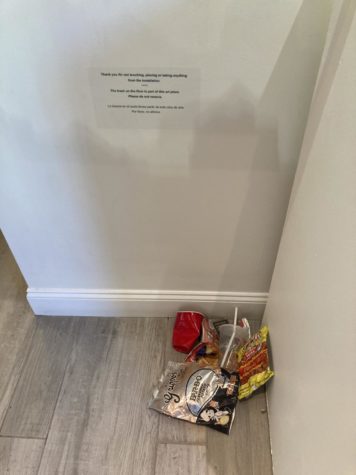
For viewers, the experience is highly engaging and immersive. Video projections play throughout the gallery, drawing attention through their contrast against the white walls. Meanwhile, 3-dimensional litter represents the streets of unkept communities.
HHS art student Kaylyn Davis admired all of the exhibited artwork. However, her favorite was a sculpture by Maria McLeod. “I like it because it looks like a mix of cultures and places,” she said. “I see Nigeria, California, The Declaration of Independence—which has 13 states listed in it—as well as the Pacific Ocean.”
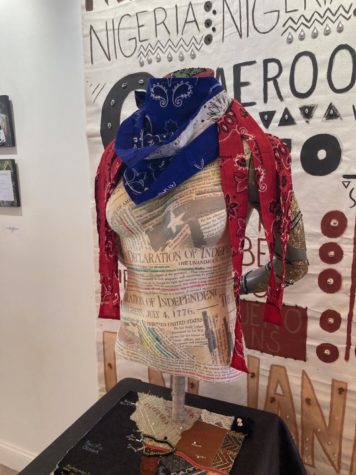
Davis recalled being met by two large sculptures upon walking in. McLeod’s stood out to her the most because “of the fashion design [McLeod] chose for the mannequin. It is unique and the images all blend together, as well as the color scheme.”
McLeod’s sculpture of the female upper body embodies various aspects of her identity. Her European-American heritage is represented by the newsprint covering the torso. The left arm, where her tribal name is written, is dedicated to her Indigenous ancestry. The right arm symbolizes her African-American roots and references slavery.

Ravjot Mehek Singh’s Udasi is Displacement’s largest piece. The hanging sculpture, made from a decorative head scarf and traditional fabric, contains photographs of family and friends. Udasi, a name meaning both “journey” and “sadness,” reflects on loved ones left behind. Singh simultaneously demonstrates the overcoming of xenophobia and spreads awareness of the struggles of immigrant children. Iaritza Menjivar’s photographs also depict the cultural background and life in other nations.
All are encouraged to attend Displacement. While the artwork will only be up for another four days, there is no limit to learning the stories—the backgrounds, the struggle, and the success—of those within and beyond one’s community.

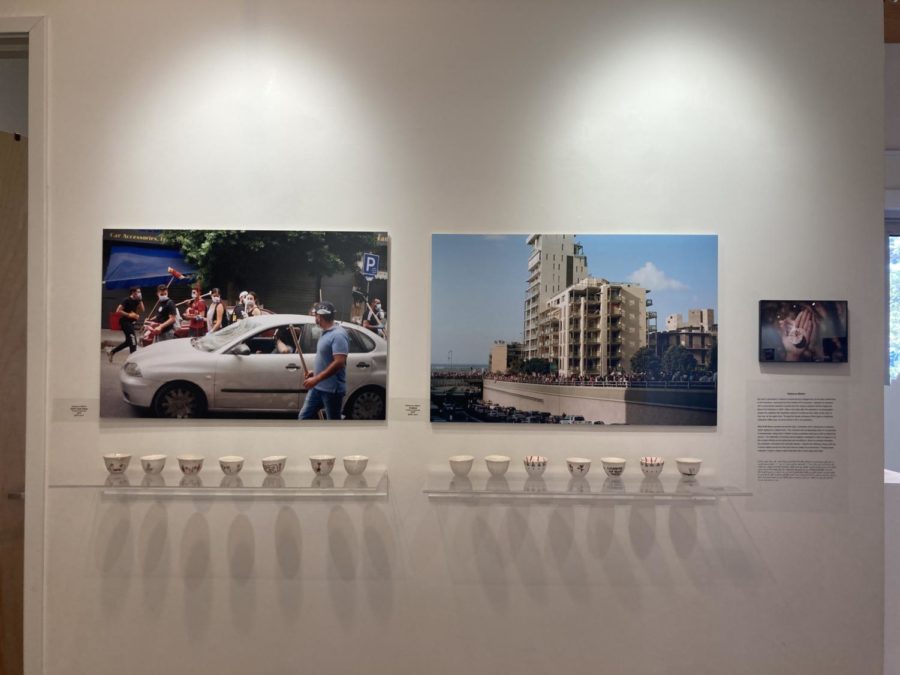



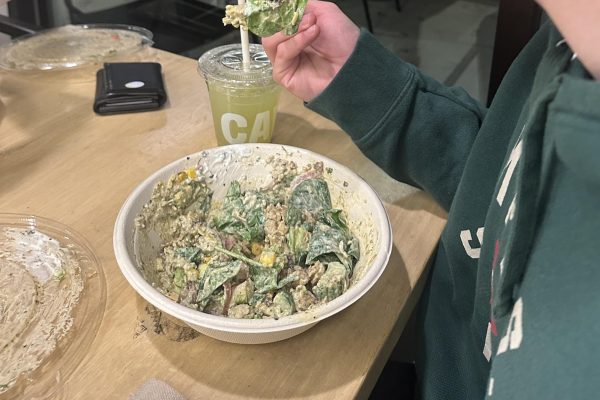

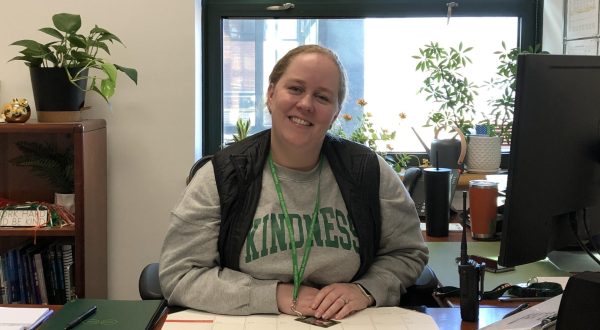
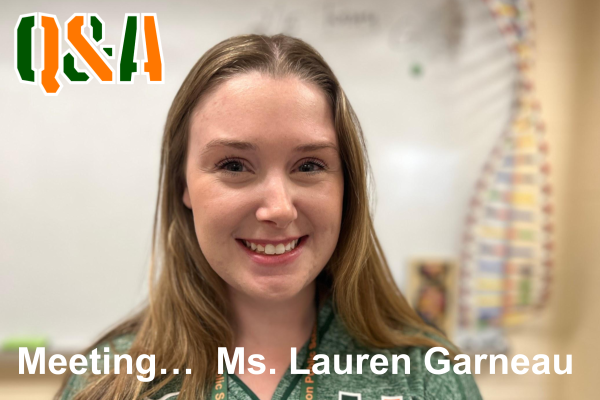
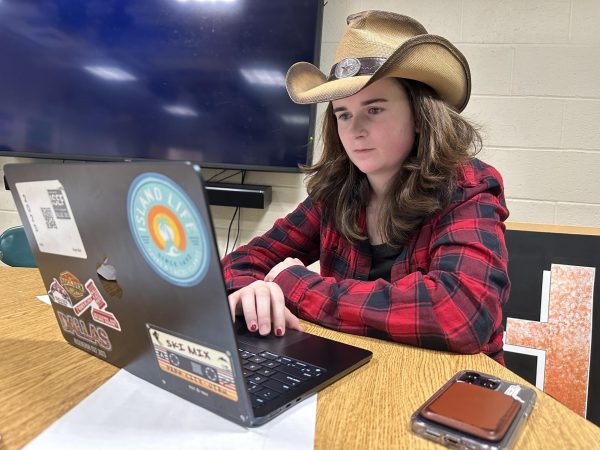

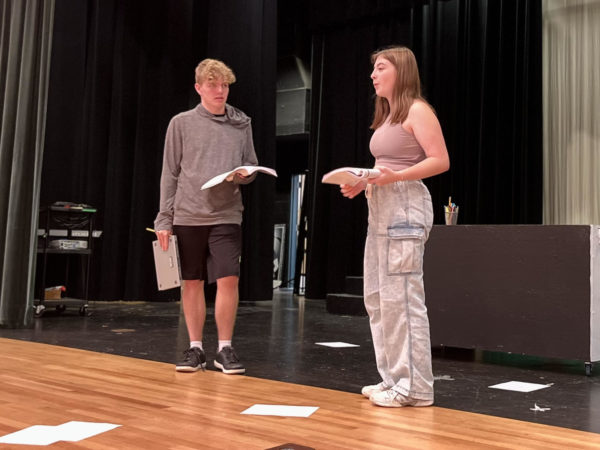


![Spinning into artwork. A member of the clay club throwing clay on a pottery wheel. The wheel is one of the many ways clay club members create their work. We’ve had as many as 40 kids [attending clay club], said Christine Enos.](https://hhspress.org/wp-content/uploads/2023/04/IMG_3278-475x356.jpg)